Dot NET is still trending. But, what makes the .NET framework a dominant technology across businesses yet? It is extensively used by a wide range of companies for web services development, building desktop applications, and cloud infrastructure support. However, the .NET ecosystem which is developed and designed by Microsoft is only partially open-sourced and a majority of the control and support is with the tech giant. If Microsoft Dot NET training is your objective, there are two options in front of you. One is rigorous self-study and the other, hassle-free online training. For a comprehensive, best Dot NET course in the USA, enroll for our online program at H2K Infosys.
What is the .NET development Platform?
The entire .NET package which brings a plethora of benefits to software development is a combination of three strong forces. The .NET framework, Core, and Xamarin are put together to be referred to as a Dot NET platform. Let’s see how each of these components contributes to driving the various business goals.
.NET Framework
This entity already has years of presence in the industry. Introduced back in 2002, the Dot NET framework continues to rule the roost. The .NET framework encompasses three main modules – the WPF, Windows Form, and ASP.NET.
Windows Presentation Foundations (WPF) – This is a User Interface (UI) that uses the Extensible Application Markup Language (XAML) to build graphical interfaces for desktop applications for Windows OS.
Windows Forms – These are visual interfaces. The developers add controls for the application users on these forms, with the help of a set of libraries within the .NET framework.
ASP.NET – The first two modules are meant to develop desktop applications. Now, ASP.NET is used for building dynamic web sites and web applications. It uses the Common Language Runtime (CLR) where the developers get a chance to develop applications using different .NET languages. Typically, the .NET applications are built using main languages and the (Common Language Infrastructure) CLI compliant languages. The main languages are C#, F#, and Visual Basic. The 25 CLI compliant languages include C++, IronPython, Phalanger, and many more.
Base Class Library (BCL): BCL is a subset of Framework Class Library (FCL). The FCL and CLR put together, form the .NET framework. The FCL is the broader class library that contains a wide range of classes that can be used to build various desktop applications, web applications, mobile applications, etc. The BCL consists of reusable types that deal with strings, and other data types, database connections, I/O operations, etc.
The 2002 .NET framework can only work for Windows-based applications. To make up for this drawback, the need for a cross-platform package arose and led to the development of Dot NET Core.
.NET Core
.NET Core has much freshness factor given its recent development in 2016. Using this component, developers can build applications in Linux and OS X. Dot NET Core includes Universal Windows Platform (UWP) and ASP.NET Core.
UWP – This is used to develop applications that can run on all Microsoft Windows devices – Windows, Windows Phone, and HoloLens.
ASP.NET Core – This successor of ASP.NET helps in the development of Web applications, Mobile applications backend, and is cross-platform functional. It runs on OS X, Windows, and Linux.
Xamarin
This is used for building mobile applications and Mac products. This component of the .NET platform is made opensource after Microsoft acquired Xamarin in 2016.
Where to use the Dot NET?
The dot NET platform is ideal for growing businesses in terms of:
Scalability: The constantly emerging .NET framework is ideal to meet the latest software development requirements. This helps in redesigning the current applications with the latest technology practices.
Cross-Platform functionality: .Net is an ideal choice for cross-platform app development. With the .NET platform, the applications built on one OS can be extended to other operating systems.
Enterprise-level Infrastructure: Microsoft is constantly striving to make building and integrating internal and public enterprise products possible.
How to start learning .NET for beginners?
Assuming that you are an absolute beginner in .NET, we lay two sets of possibilities in front of you to gain command over the mighty ecosystem.
Self- Study
Self-study helps you learn dot NET at your pace.
Basics – The .NET guide, the .NET foundation for very much beginners. This includes general documentation and a huge volume of Dot NET course material.
Learn the .NET Framework here.
Check out the Core Guide for upgrading.
Opt for the Xamarin guide for mobile application development.
.NETPackages: Learn about all about .NET packages at NuGet.
Hassle-free online Microsoft Dot NET training: This is easy yet more reliable. Enroll in online training and learn.NET from the comfort of your home.
Request for a free demo at www.h2kinfosys.com and enroll for the most job-oriented Microsoft Dot NET training today!



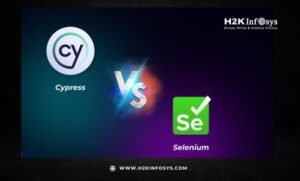




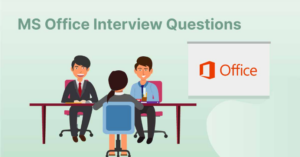
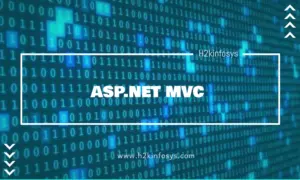







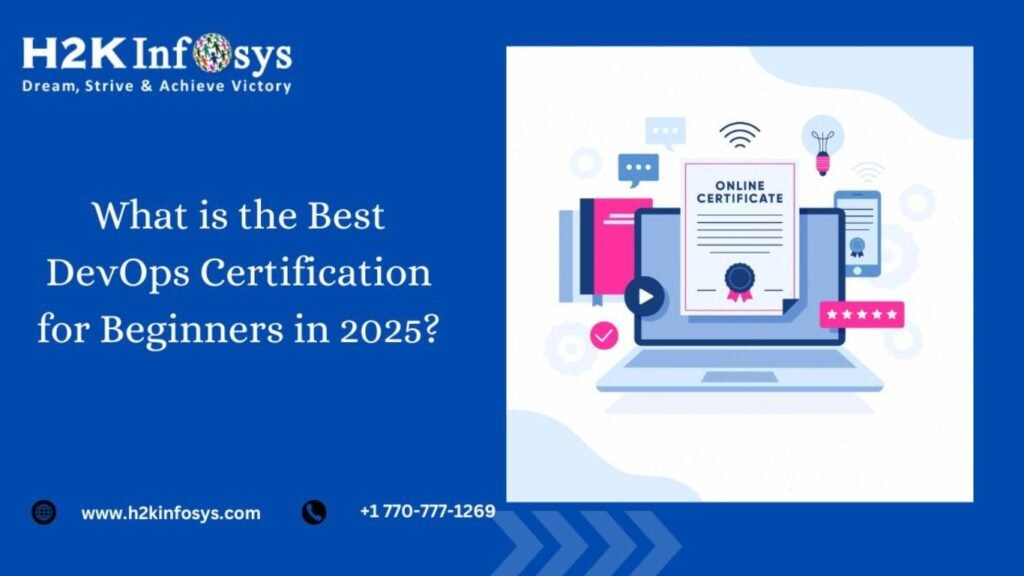
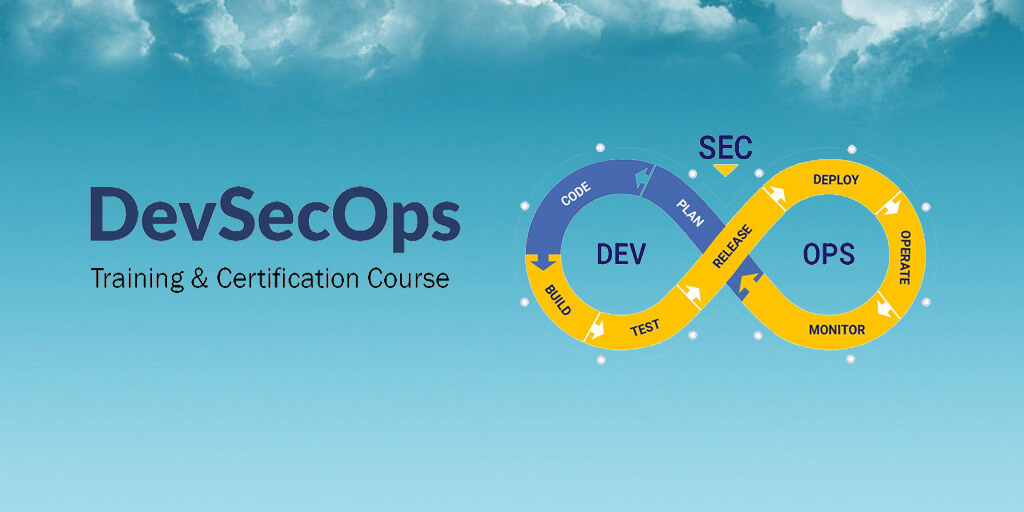







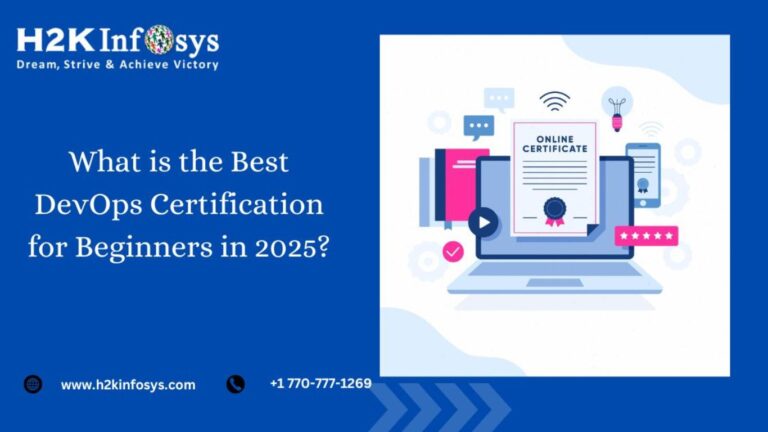
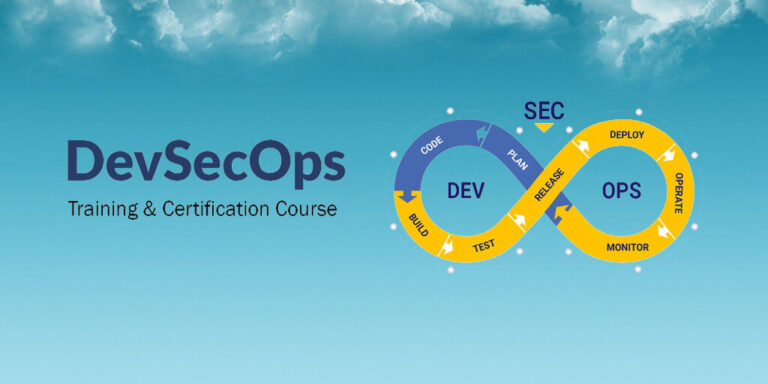

One Response